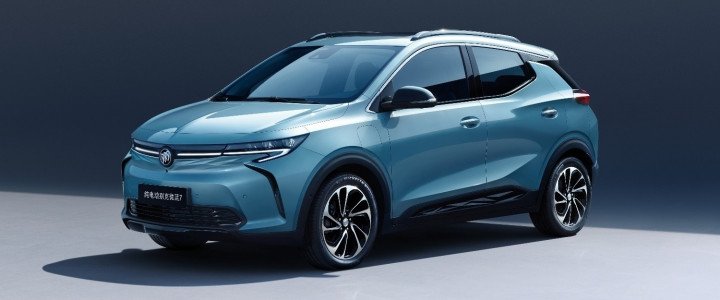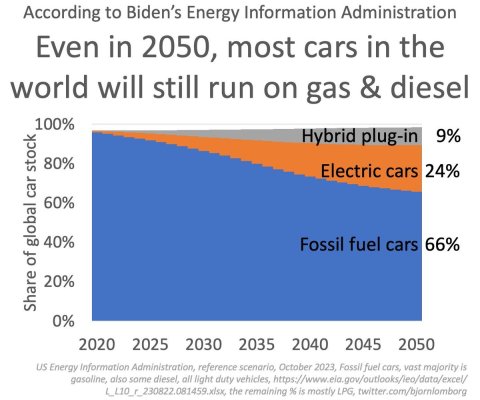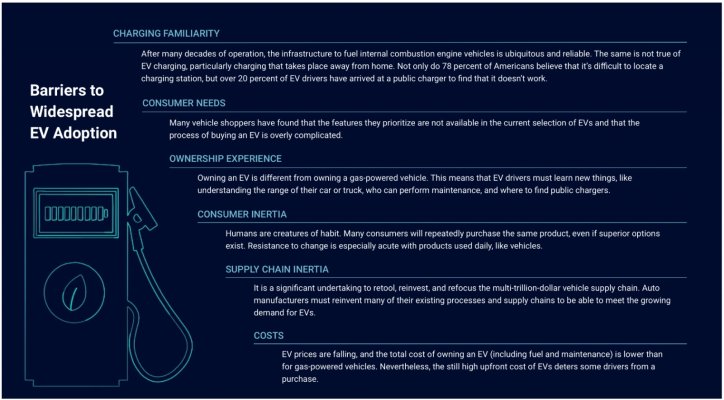Here is a list of the 20 most sold cars in Norway in 2023:
Tesla Model Y 23 088
Volkswagen ID.4 6 614
Skoda Enyaq 5 740
Toyota bZ4X 5 395
Volvo XC40 Recharge 5 052
Ford Mustang Mach-E 3 792
Toyota Yaris 3 582
Toyota RAV4 3 457
Volkswagen ID.3 3 141
Hyundai Kona 2 991
Audi Q4 e-tron 2 688
Nissan Ariya 2 606
Nissan Leaf 2 471
BMW iX1 2 415
Tesla Model 3 2 083
Toyota Corolla 1 911
Polestar Polestar 2 1 832
BMW i4 1 782
MG MG4 1 622
Audi Q8 e-tron 1 602
The only ICE cars are the Toyotas - Yaris, RAV4 and Corolla. I am not sure if all models are sold in the US. But the Model Y sure is popular!
I'm a little skeptical of your source for those numbers.
Volvo thinks they sold nearly 9,000 in Norway that year.
 . The only ads I get from BMW are ones with coupons for maintenance on ICE cars
. The only ads I get from BMW are ones with coupons for maintenance on ICE cars  .
. . The only ads I get from BMW are ones with coupons for maintenance on ICE cars
. The only ads I get from BMW are ones with coupons for maintenance on ICE cars 


